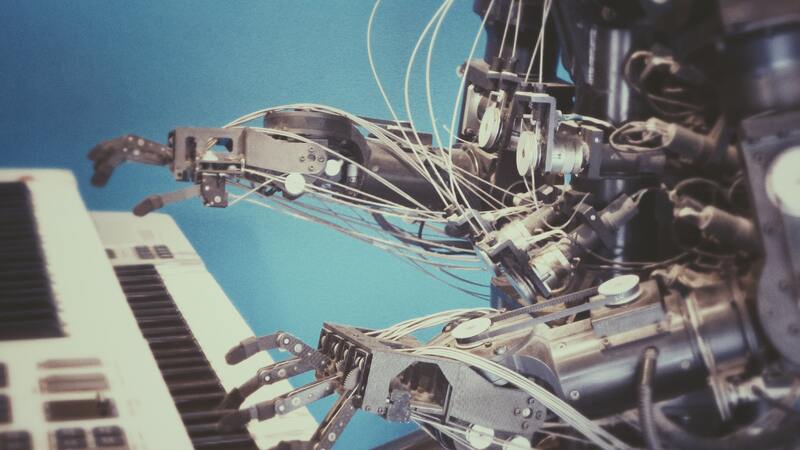
Sales Predictions

Future Scope of AI in Various Industries

Telehealth care

Will 2020 be a breakout year for scaling intelligent automation?

4 Ways to Leverage Intelligent Automation to Outpace Competitors

| RPA Bots: The Future of Automation | Macros: The Tried-and-True Automation Tool |
| Robotic Process Automation (RPA) bots are the new stars of the automation world. These software robots mimic human actions, interacting with multiple applications and systems to perform complex tasks. Here are some key features and advantages of RPA bots: Versatility RPA bots can perform various tasks across various software and systems, from data entry to report generation. Scalability RPA bots can handle many tasks simultaneously, making them ideal for large-scale automation. Accuracy Bots eliminate human errors by consistently following predefined rules and instructions. AI Integration RPA bots can be enhanced with artificial intelligence and machine learning capabilities, allowing them to adapt and learn from their interactions. Audit Trails RPA bots leave detailed audit trails, helping with compliance and tracking actions for troubleshooting. No Coding Required With user-friendly interfaces, even non-technical employees can configure RPA bots. |
Conversely, macros have a well-established history and represent a method of automation that relies on scripts or recorded actions within the software, usually in applications like Microsoft Excel or Word. Let's delve into what you should understand about macros. Application-Specific Macros are typically created within a specific application, limiting their functionality to that software. Simplicity Recording macros is relatively easy, and users can automate repetitive tasks quickly. Cost-Effective Macros are often included in standard office software, making them an affordable automation solution. Limited Integration Macros are less versatile and struggle communicating with other software applications or systems. User-Dependent Macros rely on the user's knowledge and understanding of the software, making them less robust for complex tasks. |